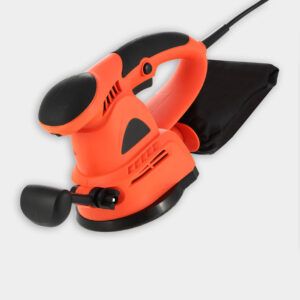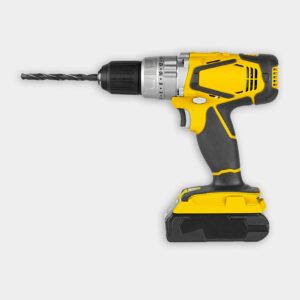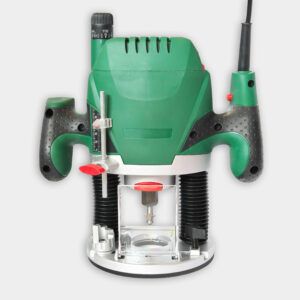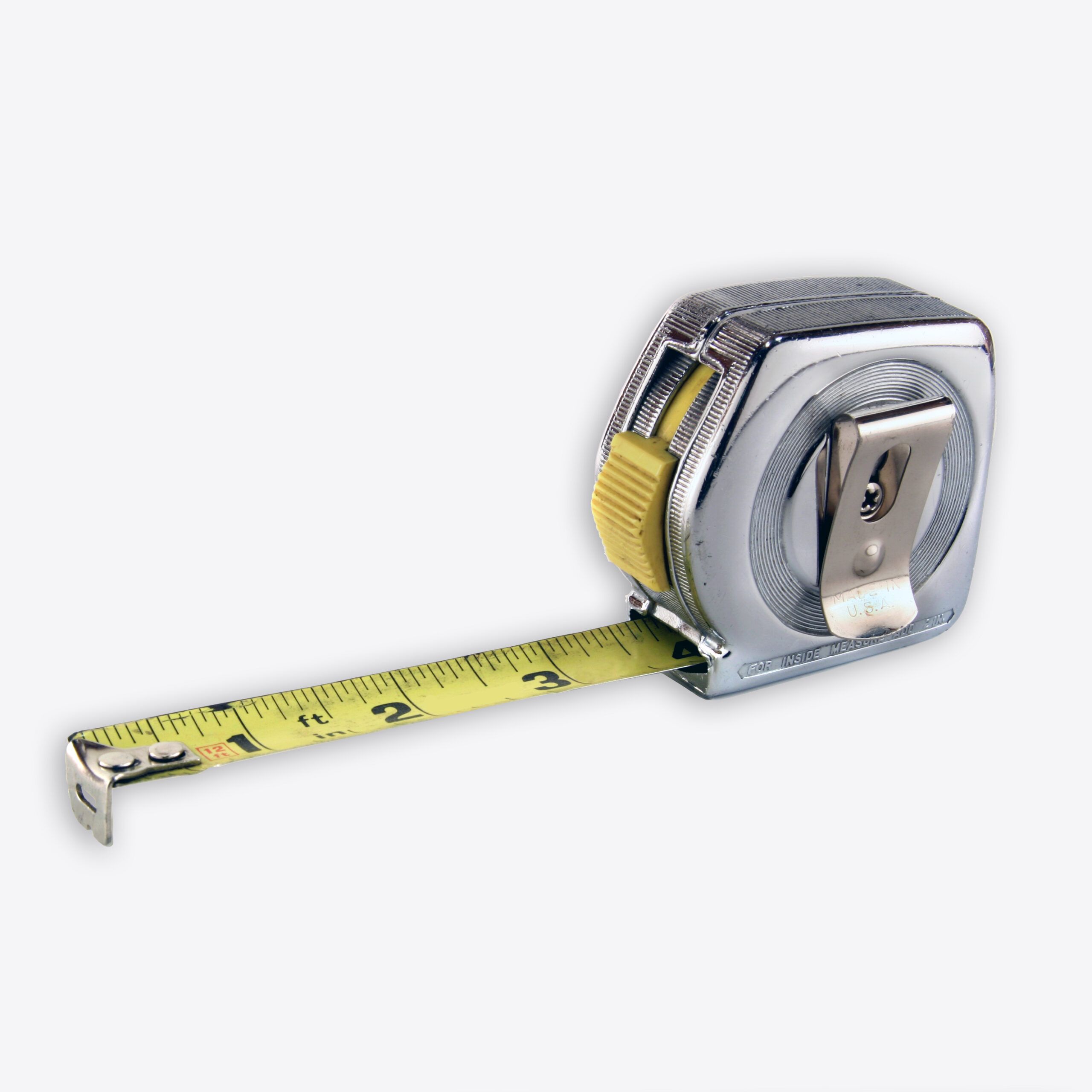We may be compensated if you purchase through links on our website. Our team is committed to delivering honest, objective, and independent reviews on home products and services.
Project details
Skill
Cost
Estimated Time
Without protection, your outdoor firepit will often collect rainwater when not in use. While most firepits won’t be damaged by rain, you don’t want to turn yours into a bird bath–standing water will attract mosquitoes. Instead of manually emptying your firepit after each rain, a custom cover offers a better solution, extending the life of your fire pit and keeping it clean and dry between uses.
In this video, This Old House general contractor Tom Silva demonstrates how to create a durable and attractive fire pit cover using ipe decking, a dense hardwood known for its weather resistance.
Tools and Materials You’ll Need for a Fire Pit Cover
If you want to try this project yourself, gather these materials and follow along.
- Exterior wood glue
- Finish of your choice (optional)
- Decking boards
- Sandpaper
- Screws
For the project above, Tom Silva uses ipe boards. Ipe, also known as ironwood, is extremely durable due to its high resin content. It provides long-lasting protection against weather elements, and as Silva mentions, it’s almost indestructible.
You’ll also need the following tools. All of them can be found at any big-box hardware store if you don’t have them in your garage already.
Step-By-Step Guide to Building a Fire Pit Cover
With all your tools and materials in hand, you’re ready to begin. Here’s how Silva handles the project.
Prepare the Decking Boards
To prepare the decking boards you should:
- Start by measuring your fire pit’s diameter and adding an inch for overhang
- Cut the boards to length using a miter saw, ensuring they span the fire pit with the desired overhang. If your boards have eased edges (rounded edges), you’ll need to remove them.
- Use a table saw to create flat edges.
Assemble the Cover
With your boards cut to size, it’s time to assemble the cover:
- Apply exterior wood glue to the edges of the boards.
- Clamp the boards together, aligning them using center marks for reference. Do not clamp too tightly or you will squeeze out the glue.
- Wipe away excess glue with a damp rag before it dries.
- Allow the glue to set for about an hour.
- Once dry, use a random orbital sander to smooth out any high spots and ensure a level surface.
Cut the Cover to Fit
Achieving a perfect circular shape for your fire pit cover involves a few precise steps.
- Find the center of the assembled boards by measuring diagonally and marking the intersection point. Drill a small pilot hole at the center mark.
- Create a router jig using a scrap piece of wood with a hole for the router bit and a screw to act as a pivot point. The distance between the center hold and the router hole will be the radius of your cover.
- Attach the jig to the cover’s center using the pilot hole. Use the router to cut the circular shape, making multiple passes and gradually increasing the depth.
This method ensures a precise circular cut without needing to trace a circle.
Finishing Touches
To complete your fire pit cover:
- Create a shallow groove about 1¼ inches from the edge using the router jig to help channel away rainwater.
- Use a round-over bit in the router to ease the top and bottom edges of the cover for a polished look (optional).
- Sand the entire surface smooth for a professional finish.
A rounded edge looks nice and reduces potential snags and splinters.
Optional Additions for Your Fire Pit Cover
Making your fire pit cover custom doesn’t limit you to just shape and size. You can also add personal touches that reflect your style or cater to specific needs.
Add handles for easier removal and placement, or apply a weather-resistant finish to further protect the wood. You can also create cleats on the underside to prevent sliding, or add one of these decorative or functional elements.
- Engravings: Carve designs or initials to personalize the cover, making it uniquely yours.
- Stains: Use wood stains to achieve a particular color or match existing outdoor furniture.
- Inset tiles: Incorporate heat-resistant tiles to create a mosaic design, adding a decorative element and additional heat protection.
- Ventilation holes: While this guide emphasizes sealing, you might opt to include small, strategically placed ventilation holes to prevent condensation.
- Locking mechanism: For added security, install a simple locking mechanism to deter animal intrusions or prevent wind from lifting the cover.







